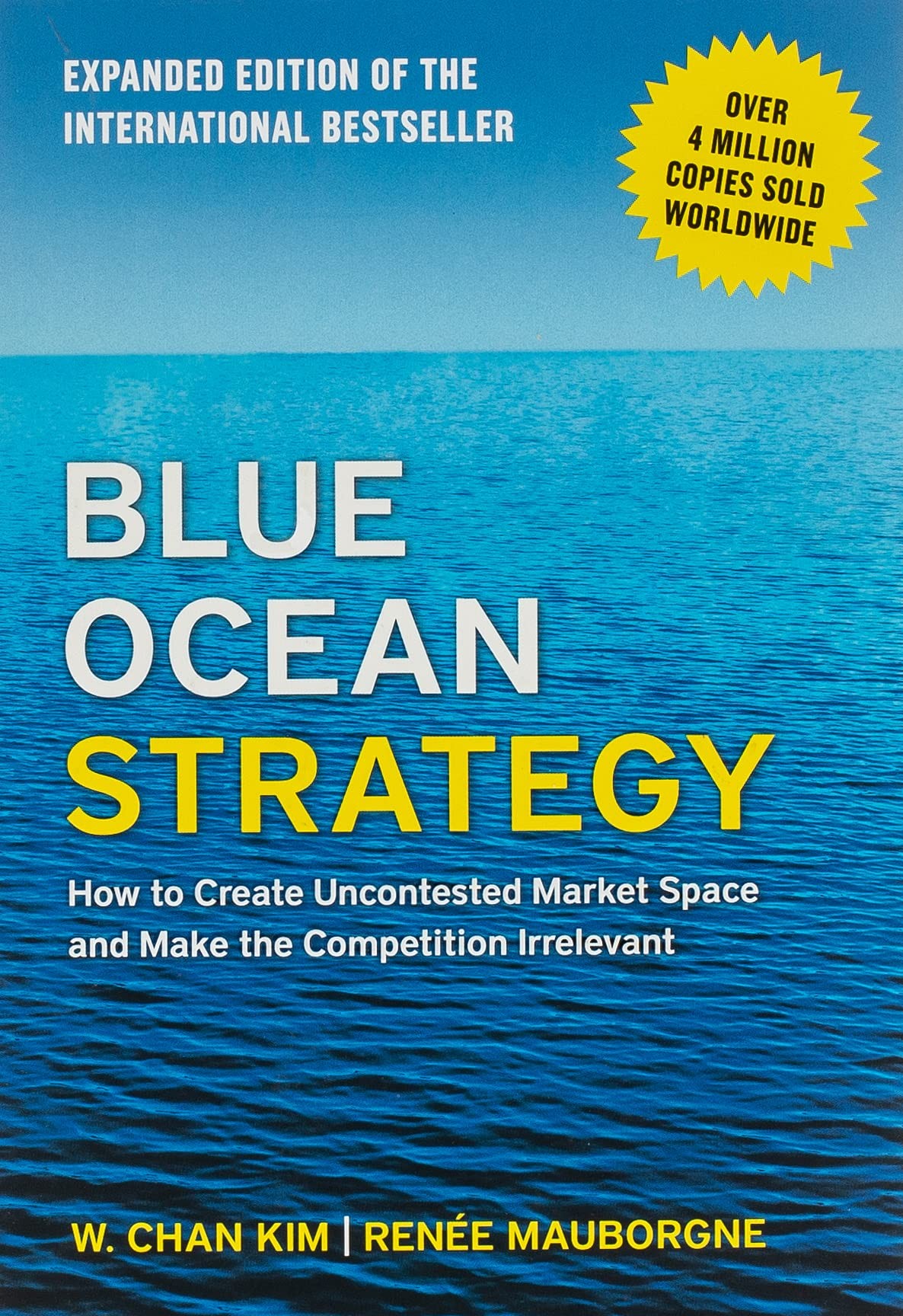
Blue Ocean Strategy is a strategic framework developed by W. Chan Kim and Renée Mauborgne that aims to help businesses create uncontested market spaces, or “blue oceans,” rather than competing in existing and overcrowded market spaces, or “red oceans.” The strategy seeks to create value for both customers and businesses by unlocking new demand and reducing competition.
The concept of blue oceans versus red oceans is the cornerstone of the strategy. A red ocean represents a market space where numerous competitors exist, fighting for market share by competing on price, features, or service. As a result, the market space becomes crowded and the profits are often minimal. In contrast, a blue ocean represents a new, uncontested market space where demand is created rather than fought over. In blue oceans, there are no direct competitors, and businesses have the opportunity to create and capture new demand by offering unique value propositions.
To create a blue ocean, businesses must identify the factors that define their industry, known as the “value curve.” This involves analyzing the various elements of the industry such as price, quality, customer service, and features, and identifying the key factors that determine the industry’s competitive landscape. Once these factors have been identified, businesses can determine which factors to eliminate, reduce, raise, or create to create a new, differentiated value curve that sets them apart from existing competitors.
The Blue Ocean Strategy framework includes six key principles:
• Reconstruct market boundaries: Instead of competing in existing market spaces, businesses should consider new market spaces that have not yet been explored.
• Focus on the big picture, not the numbers: Rather than focusing on maximizing profits or minimizing costs, businesses should focus on creating value for both customers and themselves.
• Reach beyond existing demand: By creating new market spaces and demand, businesses can unlock new growth opportunities.
• Get the strategic sequence right: Businesses should focus on creating and capturing new demand before worrying about reducing costs or improving efficiency.
• Overcome key organizational hurdles: Successful execution of a blue ocean strategy requires overcoming organizational barriers such as resistance to change and the fear of failure.
• Build execution into strategy: Execution should be integrated into the strategy from the beginning to ensure that the strategy is implemented effectively.
Blue Ocean Strategy has been applied to a wide range of industries, including healthcare, automotive, and entertainment. One notable example is the Cirque du Soleil, which created a blue ocean in the circus industry by eliminating the traditional elements of the circus such as animals and star performers and adding artistic elements such as music and dance. This new value proposition attracted a new audience, allowing Cirque du Soleil to create a new market space and differentiate itself from traditional circuses.
In conclusion, Blue Ocean Strategy is a strategic framework that aims to help businesses create new, uncontested market spaces by unlocking new demand and reducing competition. By focusing on creating unique value propositions and offering differentiated products and services, businesses can attract new customers and create growth opportunities.
